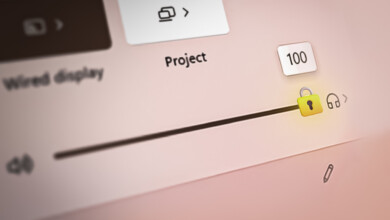How to Uninstall and Reinstall Your Audio Drivers on Windows?
When users encounter issues with audio devices, it is recommended to reinstall audio drivers. Reinstalling drivers will remove any previously installed audio drivers that may be causing problems with the audio devices. While Windows updates often take care of drivers, there are times they may become bugged and fail to install automatically. In such cases, you will need to manually install the drivers.
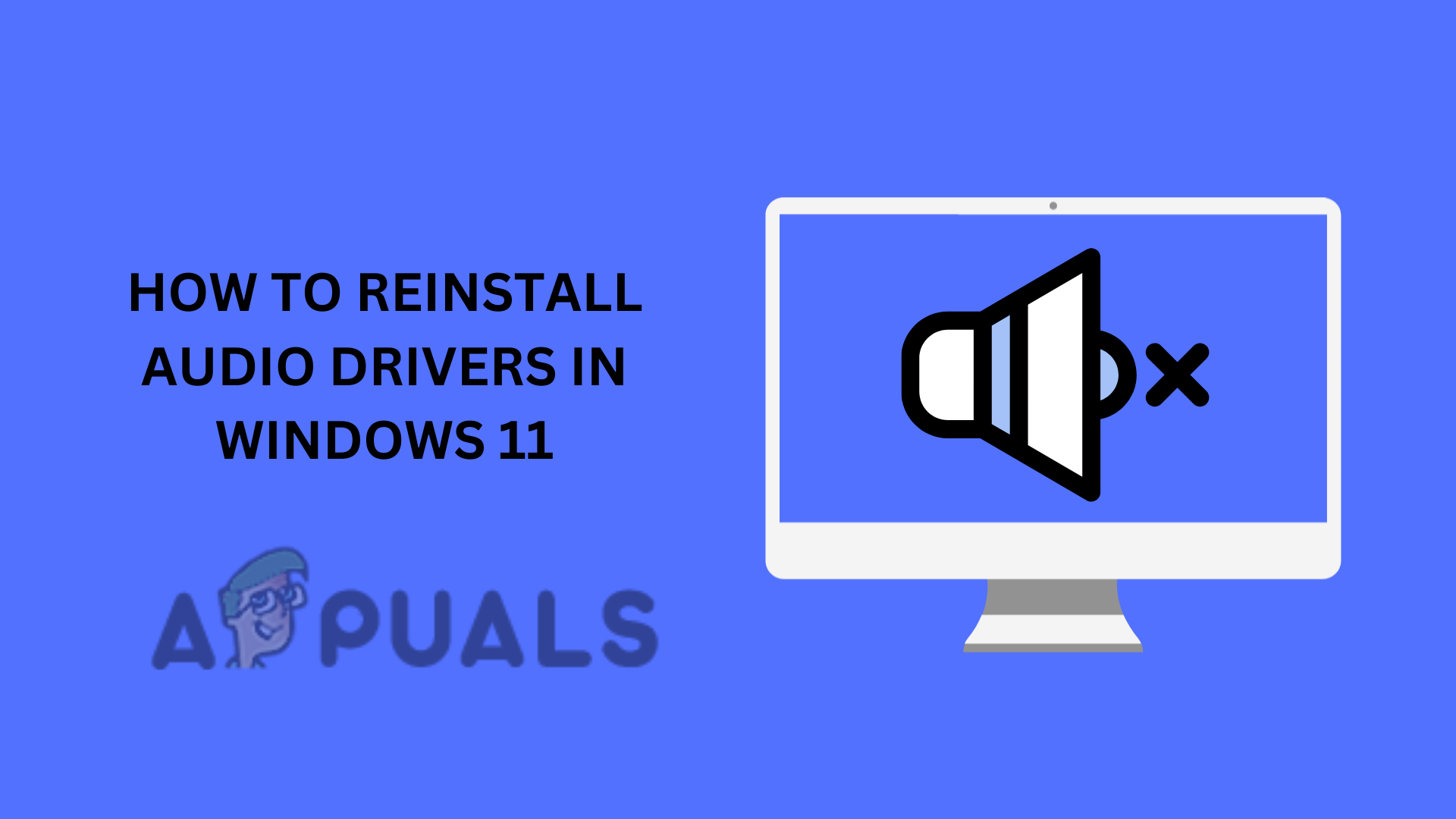
In this article, we’ll discuss different methods for reinstalling audio drivers.
1. Uninstall Using Device Manager
Device Manager is the easiest method to uninstall any driver. It is a feature of the Windows operating system that allows you to control and manage the hardware connected to your computer.
- Search for Device Manager in the Search box and open it.
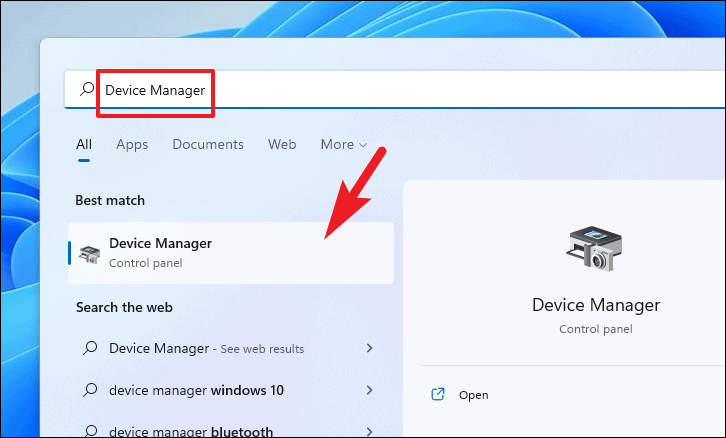
- Click on the arrow to expand Audio Inputs and Outputs.
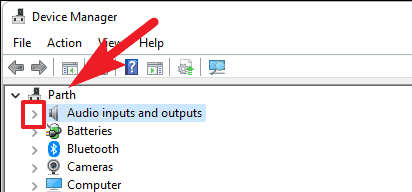
- Right-click on the audio device you want to uninstall and select ‘Uninstall device’.
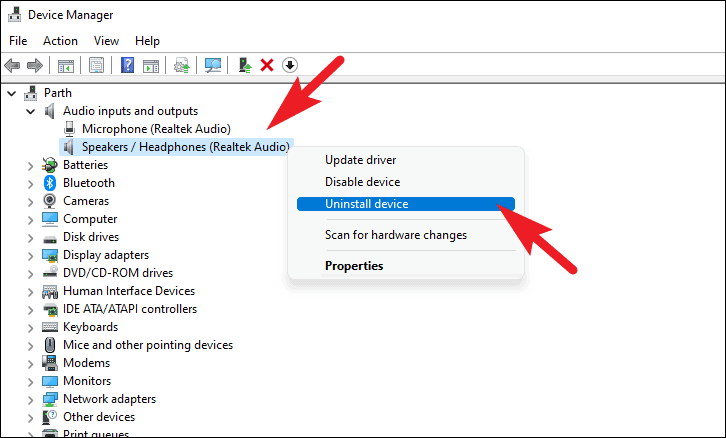
- Click the Uninstall button to confirm.
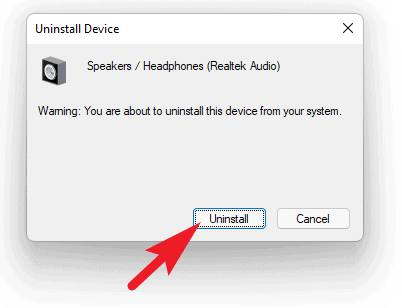
Restarting the device will prompt Windows to automatically reinstall the drivers. After uninstalling the drivers, follow these steps to restart your device:
- Press the Windows key
- Select the Power icon and then click the Restart button.
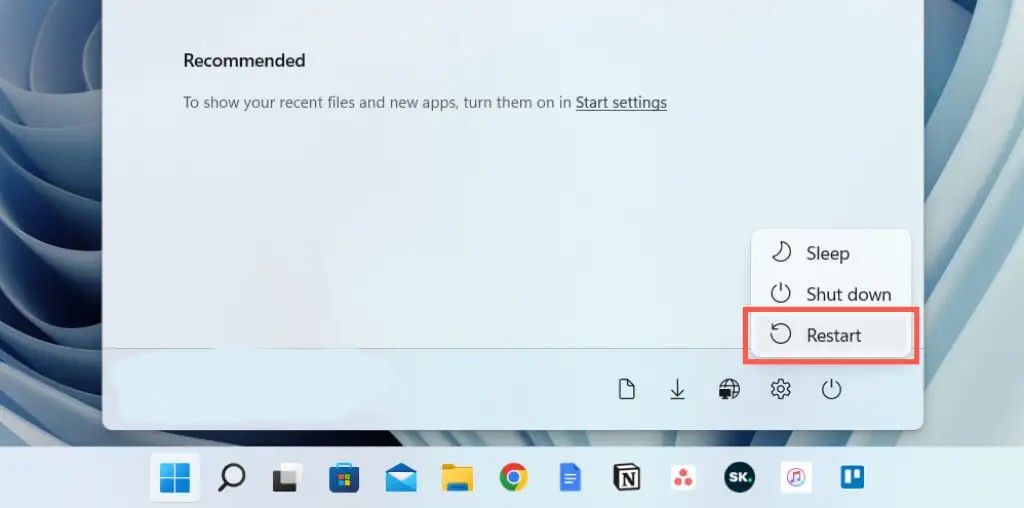
- Upon reboot, Windows will detect and install the necessary drivers.
2. Install Drivers Manually
Different laptops and PCs require various audio drivers, which can sometimes be difficult to find and install. To locate the correct drivers, you can check your device model and search for it on Google.
2.1 To Check the Device Model
Identify your device model through the System Configuration utility.
- Press Windows + R, type “msinfo32” and click OK.
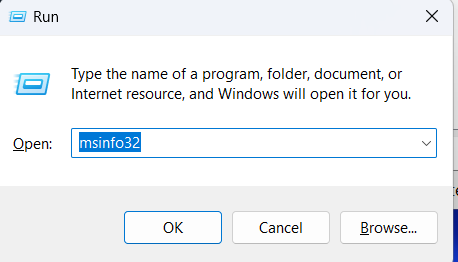
- In the System Information window, locate the ‘Baseboard product’ which will be your device model.
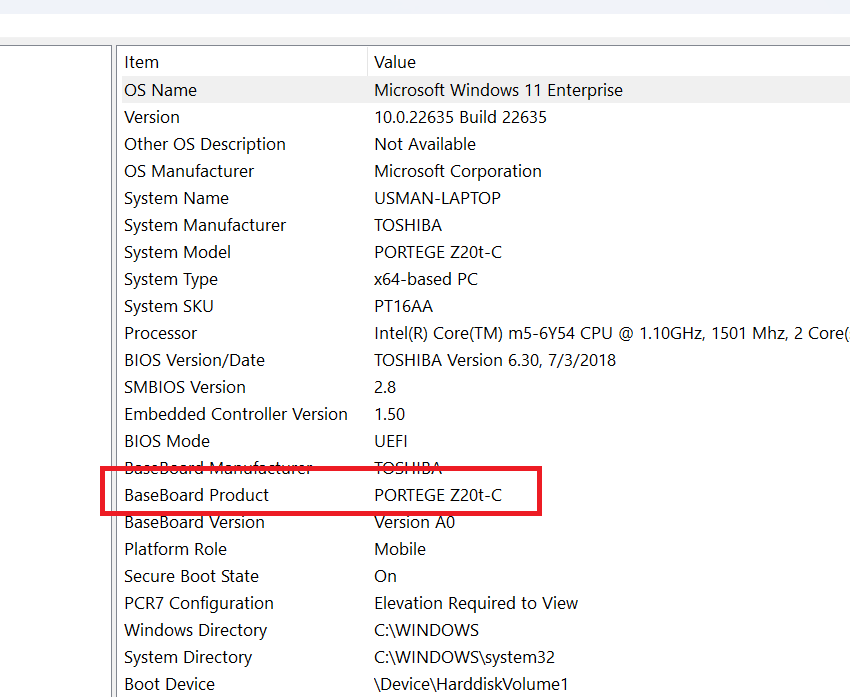
2.2 Download the Drivers
You can search for drivers using your device name on Google and download them.
- Use Google to search for the audio driver for your {device name}.
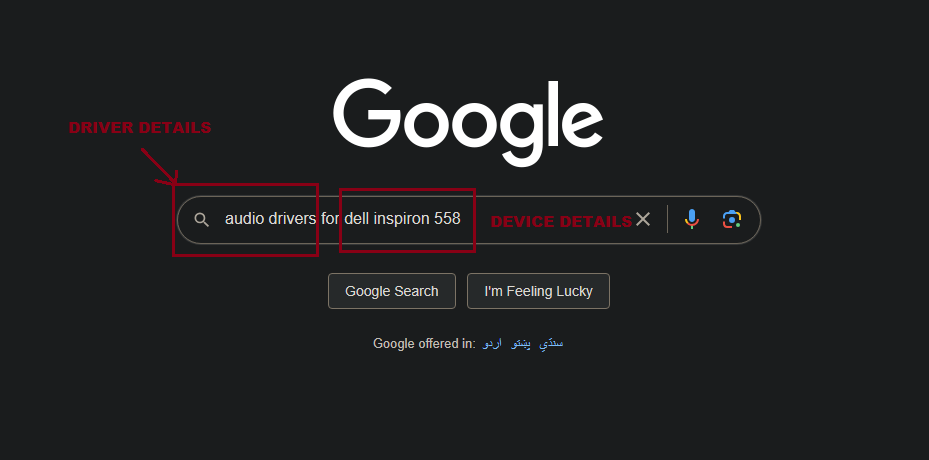
- In the search results, open the one pertaining to audio drivers (make sure it’s the official page of your product).
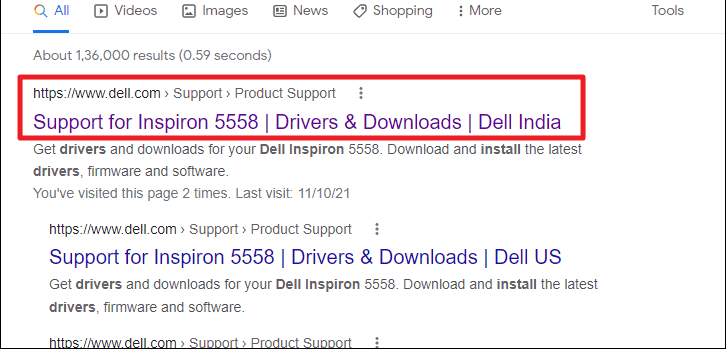
- Download the .exe file and run it.

- Complete the installation by following the on-screen instructions.
3. Third-party Driver Installer
If the above methods do not work, you can also use a third-party driver installer. These tools can automatically download and install drivers for you without any complications.
For guidance on the best driver updater tools, check out our article here.





